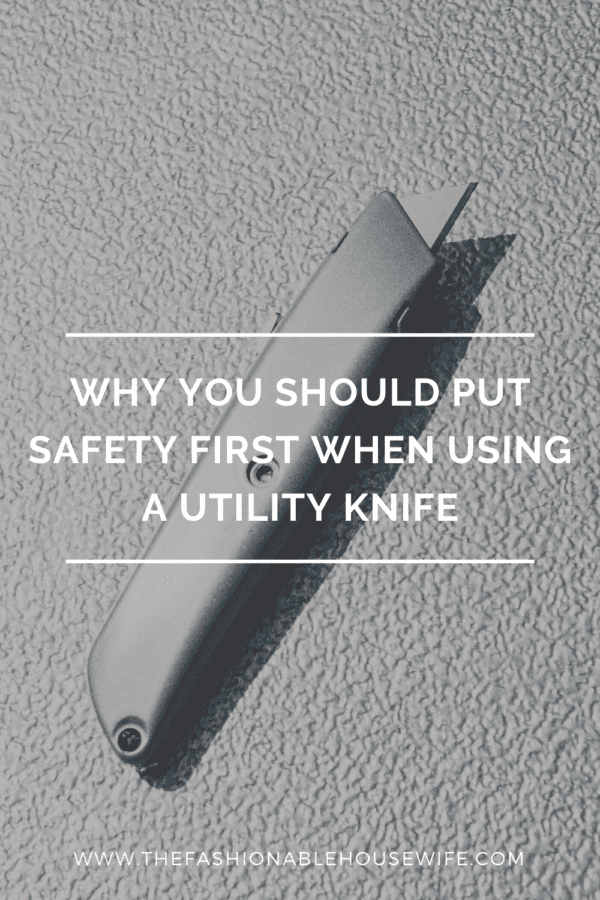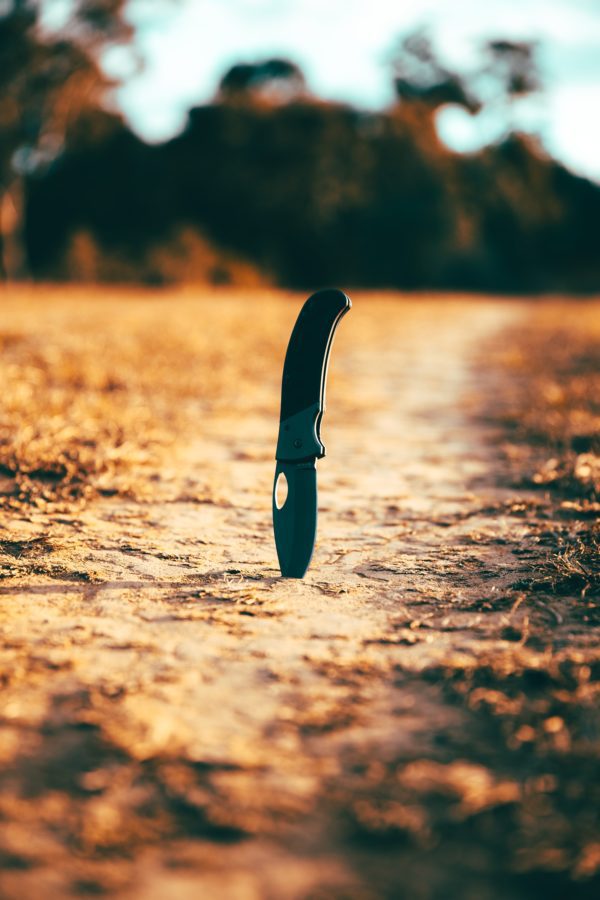
Safety should always come first when using a utility knife, regardless of whether you’re a seasoned pro in the industrial field, a novice, or a do-it-yourself (DIY) hobbyist. If you use a knife that’s unsafe or you don’t know how to properly use it, you run the risk of seriously injuring yourself. Perhaps folks tend to rank effectiveness above safety because they don’t think the two features can coexist. But there are safe utility knives with the ability to cut a wide variety of materials.
Think of it this way: You wouldn’t drive a car with broken brake lines, would you? You need the ability to slow down and stop. You also shouldn’t cut with a rusty and dull utility knife for similar reasons. Safe cutting can lend itself to effective cutting.
Let’s explore what constitutes a safe utility knife and why you should put safety first.
What Helps Make a Utility Knife Safe?
Blade Control Options
Part of what makes a utility knife “safe” is the amount of control the user has over it. Having blade control options at your disposal gives you the power to prevent unnecessary injuries. There are multiple blade control options such as safe utility knives like these.
For example, you can invest in one with a manual retraction feature. Manual retraction gives users the ability to lock the blade in two positions: exposed and retracted. Auto-retraction takes it up a notch with a spring-loaded mechanism. The blade automatically retracts when the wielder releases the slider.
Lastly, the smart-retraction feature manages to amp up the safety factor even more. The utility knife blade self-retracts when it loses contact with its cutting material.
These blade control options ensure that you don’t increase the risk of cutting the next person while using your knife. Additionally, and more importantly, these features can keep you safe from cuts and lacerations so that you can continue with your work unimpeded.
Blade Material
Your utility knife’s material is vital in ensuring your safety. You don’t want material that’s too sharp, dulls too quickly, or is prone to rust. All of those unwanted traits can lend themselves to an accident.
When purchasing a utility knife, consider one with a zirconium oxide blade. Zirconium oxide is an advanced ceramic that combines the best of both worlds: safety and sharpness. It’s extremely tough and can hold a sharp edge for much longer than steel. You’ll find that utility knife blades made of zirconium oxide can cut a myriad of materials.
Not only that, but zirconium oxide doesn’t rust; it’s non-conductive, non-sparking, and non-magnetic. You won’t need to change blades as frequently because of their resiliency. Zirconium oxide blades are also safe to the touch. Why settle for sharpness when you can have both safety and an edge?
Handle Material
If you regularly use utility knives for your job, you want a utility knife handle that’s as safe as it is sturdy. An unsafe handle is awkward and uncomfortable to hold. Repeatedly using an uncomfortable utility knife handle can lead to repetitive strain injuries (RSI). Repetitive strain impacts nerves, ligaments, tendons, and muscles—notably, industrial workers’ forearms and upper arms.
So, what’s a safe, quality handle material? Glass-filled nylon ticks off those boxes. It’s comfortable to hold, which gives you more control over your knife.
In addition, it can withstand the elements. It has a lightweight feel so that a heavy handle won’t burden you. Glass-filled nylon handles also require less upkeep.

Blade Changes That Don’t Require a Tool
Believe it or not, simple blade changes can result in accidental cuts, especially if they require an extra tool. Another way to keep your safety at the forefront is to buy a utility knife that doesn’t need a tool to change blades.
Firstly, you’re keeping more money in your pocket by eliminating the need for an extra tool. Secondly, this decreases your “downtime” and helps you maintain an uninterrupted workflow.
Ambidextrous Design
Finding the right knife that befits your dominant hand is no easy task. It’s hard out there for left-handed folks. Instead of trying to work around an ill-suited utility knife if you’re left-handed, consider investing in one that boasts an ambidextrous design so you can work on your personal cutting skills.
For these knives, all that’s required is a simple switch of the blade orientation. Then, you’re ready to use your knife without worrying about injuries.
As you can see, safety and sharpness aren’t mutually exclusive. You can have both qualities. But when you put safety first, you’re opening yourself up to countless possibilities while using your utility knife—that and saving money on potential hospital bills. Just keep the above points in mind, and you’ll be good to go.



